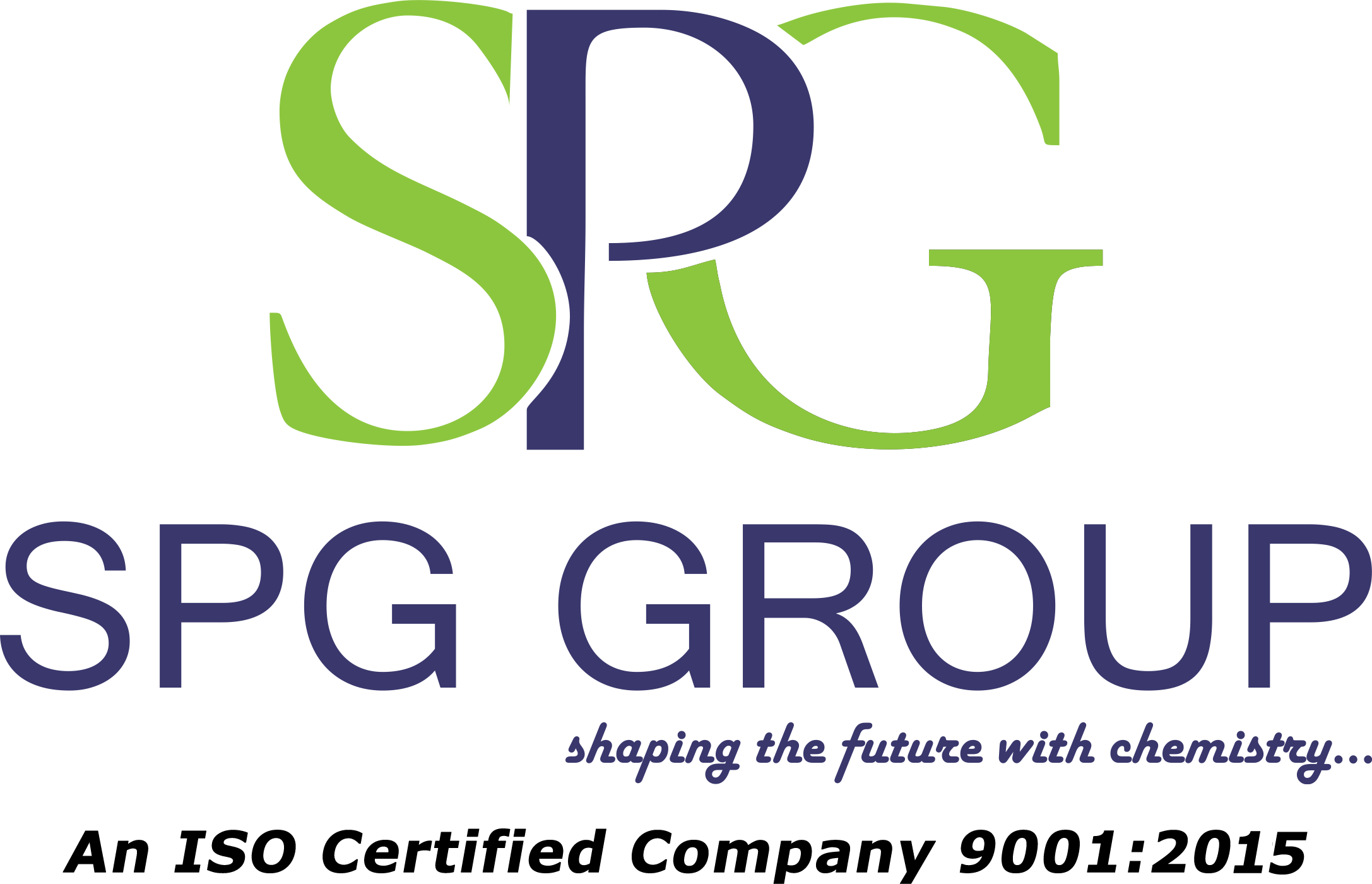
What Is Scouring ?
What is Scouring?Normally natural fiber contains dust, oil, wax, minerals and many impurities as well. we have to cleanse these for further process. So the way of removing those impurities is called scouring. The most important wet process used on textile products before dyeing or printing is scouring.
Definition of Cotton Scouring:Main purpose of cotton scouring is to eliminate natural and artificial impurities from the fabric, making it cleaner and more absorbent.
Cotton fabric scouring is a chemical cleaning procedure that removes natural wax and non-fibrous impurities from the fabrics, as well as any additional soiling or dirt. Cotton fabric is usually scoured in kiers, which are large iron vessels.
Fig: Cotton scouring
Objectives/purpose of Scouring:
- Natural and synthetic oils, fats, and waxes are removed from clothing products
- Improve hydrophilicity
- Improve absorbency
- Prepare for the next process
- To get uniform bleaching result
The scouring procedure is dependent on:
- The type of cotton which is using
- Color of cotton
- Cleanliness of cotton
- The twist & count of the cotton
- Construction of fabric
Flow chart of cotton scouring:
Cotton fabric/fiber
↓
Inspection
↓
Wetted by NaOH solution
↓
Emulsification
↓
Detergency
↓
Washing
↓
Scoured fabric
Impurities involved in cotton scouring:
The impurities in cotton fiber can range from 4 to 12%
| Constituents | Percentage by dry weight |
| Α-cellulose | 88.0-96.5 |
| Protein | 1.0-1.9 |
| Wax | 0.4-1.2 |
| Ash (inorganic salts) | 0.7-1.6 |
| Pectins | 0.4-1.2 |
| Others (resins, pigments, hemi-cellulose, sugars, organic acids, incrusted ligneous substance) | 0.5-8.0 |
Actions in Cotton Scouring:
Actions involved in scouring are
- Saponification
- Emulsification
- Detergency
Chemicals and their purposes in scouring:
1. Caustic soda (NaOH): Neutralizes acidic materials, saponify glycerides (waxes and oils), solubilize silicates.
2. Sodium silicate: Penetrate and breakdown lignin in motes. These penetrant’s are added, commonly, when fabrics have large contents of motes and other assorted materials.
3. Wetting agent: Reduce surface tension and minimize interfacial tensions.
4. Detergents: Emulsify fats, oils and waxes; remove oil borne stains; suspend materials after they have been removed.
5. Chelating (sequestering agents): Deactivate metal ions.
6. Builder (salt): Cause detergents to become increasingly effective.


